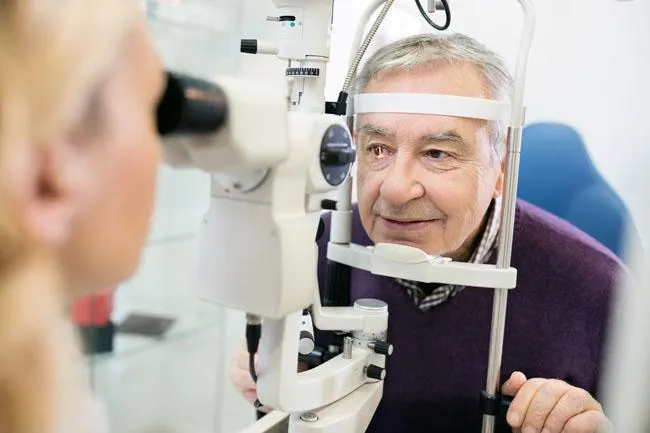“In our country the main cause of visual loss is related to complications associated with diabetes;Diabetic retinopathy is the most important and even in advanced stages is the main cause of blindness, ”said Dr. Abel Ramírez, an ophthalmologist surgeon, retina specialist.
Within the retina there is an area that is responsible for the fine, central or reading vision.The affectation of that area (less than 3% of the total retina) is called diabetic macular edema and is the main cause of alteration or visual quality for patients with diabetes.But the most important thing about these conditions is to know that prevention exists and even recovery.
Unfortunately "80% of patients who arrive at the consultations of retina specialists arrive in advanced stages, this represents 15 years of delay," said the specialist, therefore the urgency of visual education.
best treatments
Although, according to the American Academy of Ophthalmology and other studies, of total diabetes patients, a third will develop some degree of ocular damage related to that disease.While 74% of those who live 10 years or more with the condition will develop some type of diabetic retinopathy that, if it is not takenThey allow and force a search for early detection of the disease."Diabetic diabetes and retinopathy are not synonym," said the specialist.
It is recommended that those who suffer diabetes go at least once a year with the specialist for an ophthalmological exploration.Ideally, pupillary dilation is done to be able to rule out that the patient has a stage of the disease.If the patient has any alteration in the quality of his vision, he has the possibility of medical treatment.Then come tests such as optical coherence tomography, or retinal fluorangiography, which can guide the treatment of the disease.
The also member of the Mexican Retina Association emphasized the treatment "for the first time in the history of this pathology, from 2006 to date, we can reverse the disease and improve the visual quality of patients, but it must be detected".
He explained that the history of treatment is very interesting because before that date the handling was aimed at the control of the disease and the application of the laser, but through the creation of monoclonal antibodies that are injected into the eyes, stages ofregression and control.
Today intravitean antiangiogenic therapies represent the first line of treatment for this complication.
What is a diabetic macular edema?
Macular edema is defined as the swelling or thickening of the ocular macula, the part of the eye responsible for the central and detailed vision.It occurs when blood vessels in the retina have fluid escapes, so the macula becomes inflamed and does not work properly.The loss of view can be mild or severe, but in many cases the peripheral (lateral) vision is maintained.
The lack of adequate treatment for this condition, can severely have an impact on the quality of life, since it is considered as an incapacitating condition, especially if a total level of blindness is reached.In addition, it causes anxiety problems and low self -esteem by influencing the work performance and social environment of the patient.
The 2nd Ophthalmology Summit was the opportunity for specialists to discuss this and other complications that find their limitations in dissemination so it is essential that the population knows and recognizes these sufferings.
“Today there are different optionsAnd medications that can be adjusted according to the economic conditions of our country, therefore, we are obliged to disseminate that these therapeutic tools exist where the barrier is not the barrier to be treated, ”Ramírez concluded.



